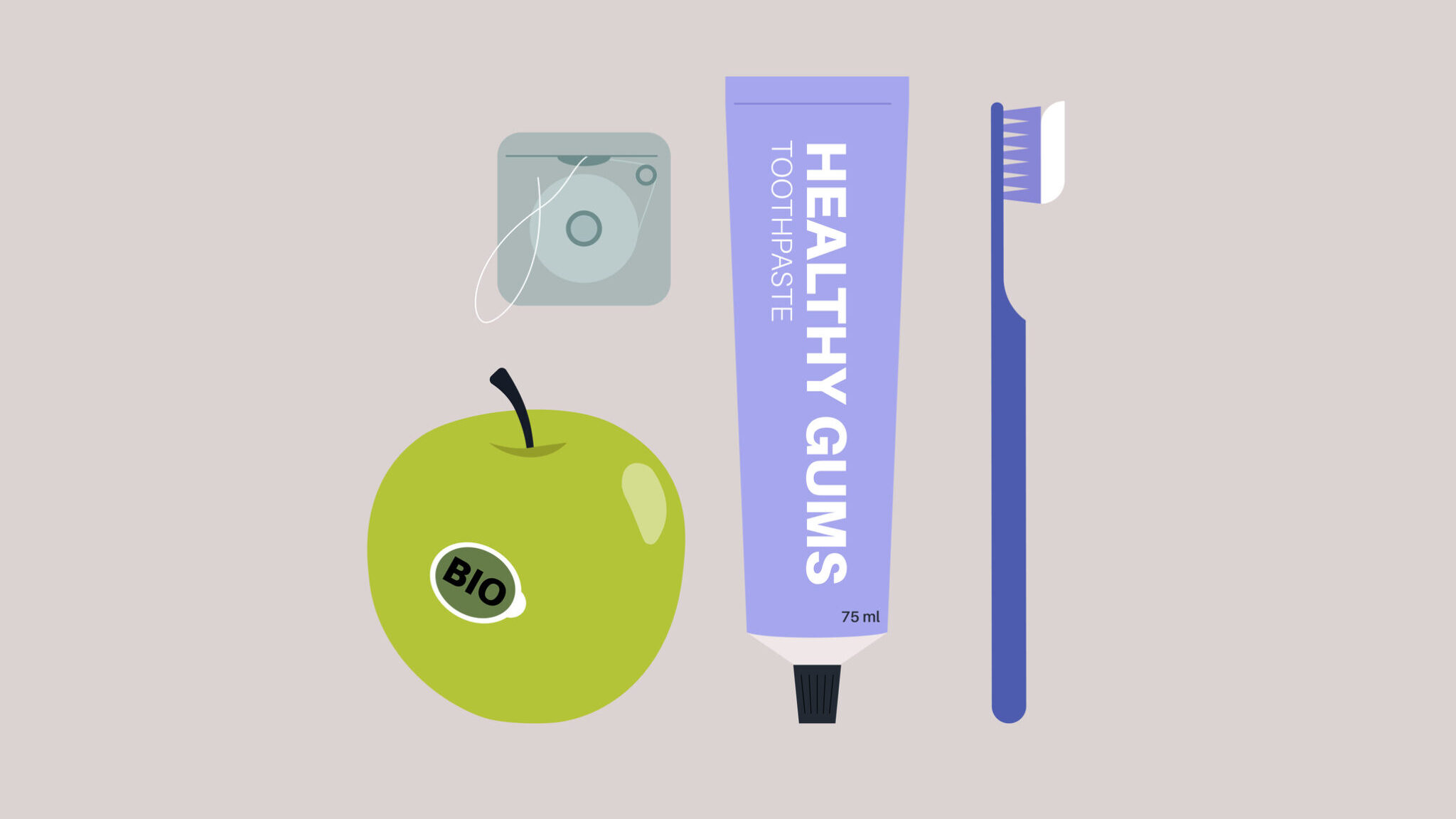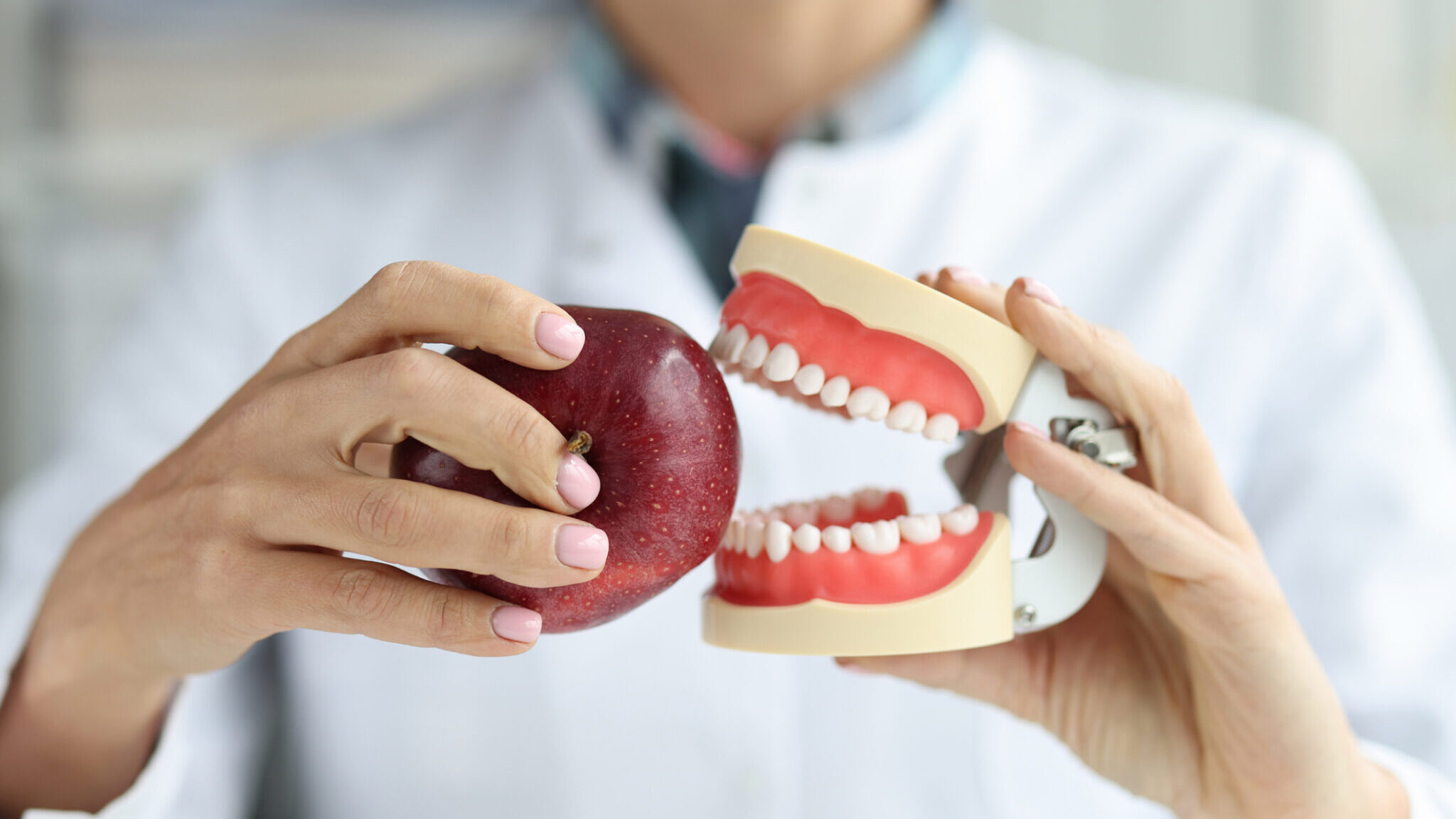 Treatment of acute dental problems in the Emergency Department of hospitals has been growing relentlessly in Canada and the US for several years. A new study in Health Affairs shows that dental visits are impacted by government coverage of dental services for those on low income. Withdrawal of such dental coverage results in a higher rate of visits to the ER. This makes sense.
Treatment of acute dental problems in the Emergency Department of hospitals has been growing relentlessly in Canada and the US for several years. A new study in Health Affairs shows that dental visits are impacted by government coverage of dental services for those on low income. Withdrawal of such dental coverage results in a higher rate of visits to the ER. This makes sense.
Under Obamacare, several states are beginning to pay for basic dental services for low income adults enrolled in Medicaid. But the coverage is essentially for surgical services not preventive services. And the rate of reimbursement by Medicaid for adult dental services generally limits the number of dental practices serving the low income groups.
Hence, ER visits for emergency dental treatments are likely to continue to increase.
Is there a better way out of this festering issue?
We think so. It is called targeted prevention by way of treating the infection which causes dental decay. In our last Phase III controlled study, low income participants who had no dental insurance and who were marginalized economically and orally, were treated with Prevora or a placebo. Over 12 months, those treated with Prevora had a 70% (p less than 0.005) reduction in dental decay versus those on placebo.
Two other notable points: (a) the cost of delivering this dental care to the marginalized was likely far less than treating them in the ER or even in the dental practice, and (b) patient compliance was very high.
ER dentistry makes little sense. So too does basic surgical dental care on a limited reimbursement schedule.It is time to consider a different approach.
By: Ross Perry
SOURCED: http://partnersinprevention.ca/dental-care-in-the-emergency-department/












